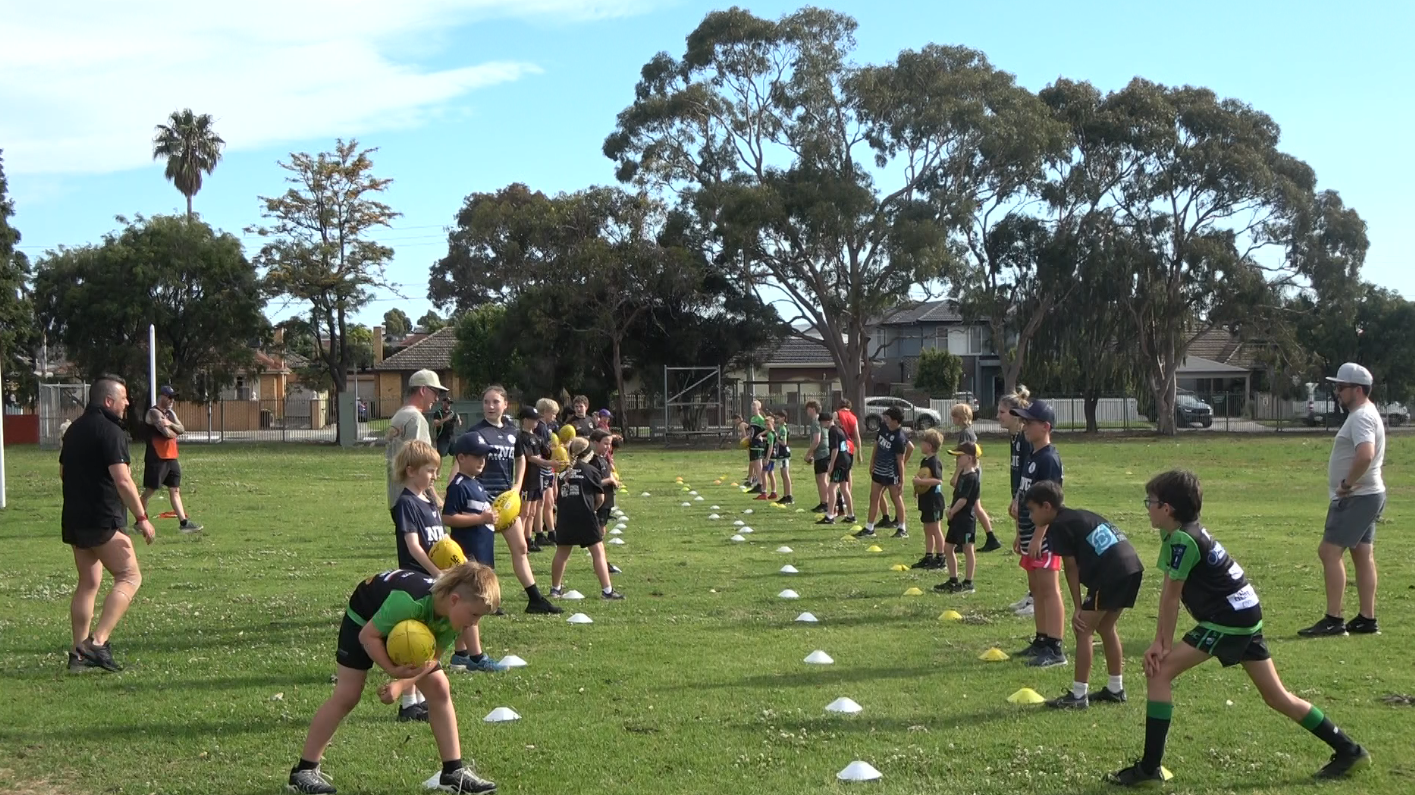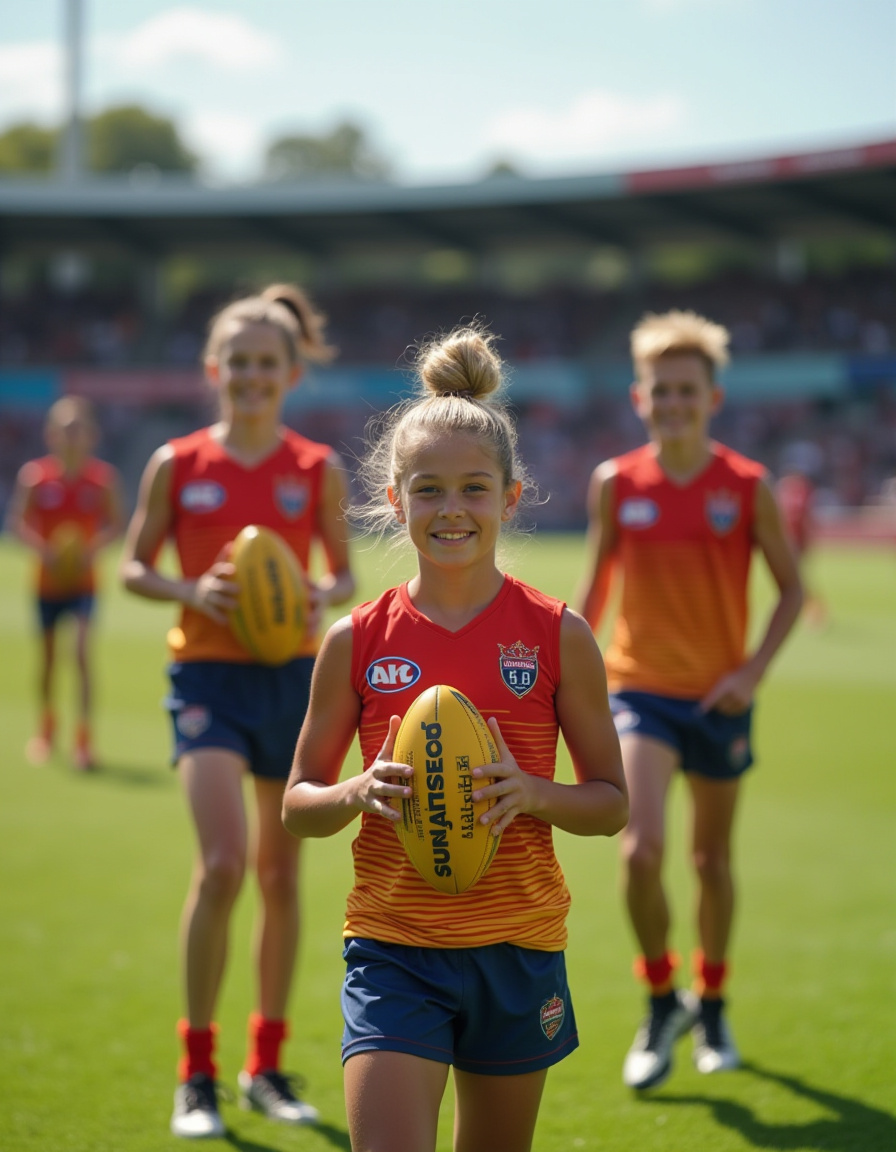ontext:
-
Opponent uses a spare defender behind the ball to protect against our wind advantage.
-
This leaves us with a spare defender too (6v5).
A) Tactical Use of Our Spare Defender
-
Use as an extra mid at stoppages—assist and create overloads.
-
Act as a link in transition (e.g. 2v2 becomes 3v2 advantage).
-
Run overlap handball chains past their spare to drive forward.
-
Bypass their spare defender through quick play or short combos.
-
Make transitions dynamic with leg-speed players cascading forward.
-
Avoid rushing forward entries—no need to surge without structure.
-
Use our spare at stoppages to generate structured transition, not just possession.
B) Equalise If Needed – Match Their Spare in Forward 50
-
Shift numbers to 7v7 in our forward line.
-
Maintain 5v5 in defence, creating:
-
Def: 5v5
-
Mids: 6v6
-
Forwards: 7v7
-
-
Balance when needed based on scoreboard, pressure, or opposition dominance.
C) If We’re Dominant in Forward Line
-
Do not adjust if their spare defender is not impacting.
-
Keep our spare (6v5 etc.) to retain midfield and back half advantage.
Drills – Application of ABC Scenarios
-
All 3 scenarios can be played out, rotated, and adapted for any personnel.
-
Create variations based on positional strengths and match system templates.
Defence Focus:
-
Protect & Anticipate Drill – simulate opposition forward entries with spare.
-
Grid Kicking Drill (6v5) – practice composure, switching, and intercept kicks.
Midfield Focus:
-
Use spare at stoppages to win clean ball.
-
Hold/paddle ball under pressure until an advantage presents.
-
Execute quick hands to spare player in structured clearance scenario.
Forward Line Focus (7v6):
-
Constant leading movement:
-
Tick leads
-
Forward-Up-Back (FUB) pattern
-
Dirty ball entry (stop their spare from intercepting)
-
Rotating lane changes
-
-
Goal: Deny spare defender impact.
Coaching Principle:
React – Counteract – Create Positive Outcome
Use the spare wisely and always play to the advantage it offers—either to dominate possession or counter opposition systems.


